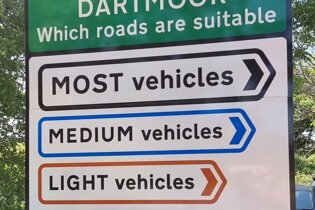| Sign | Description | Type |
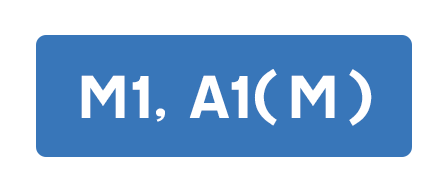 | White text on solid blue background with a white border | Motorways |
 | White text on a solid green background with a white border and yellow route numbers | Primary routes |
 | Black text on a solid white background with a black border | Non-primary routes |
 | White text on a solid brown background with a white border | Tourist attractions |
 | Black text on a solid white background with a red border | MoD sites |
 | Black text on a solid yellow background with a black border with either a solid circle or triangle, or hollow square or diamond | Diversion routes |
Britain's road network is an intricate web of highways, byways, and country lanes. Navigating this network is made possible through a well-established system of road signs, meticulously detailed in the Highway Code. In this blog, we will delve into the world of British road signage, exploring the rules and principles outlined in the Highway Code that help drivers, cyclists, pedestrians and other road users safely traverse the diverse terrain of the UK.
The Highway Code: A Pillar of Road Safety
The Highway Code is more than just a document; it's a cornerstone of road safety in the UK. Its primary purpose is to promote road safety by providing a standard for all road users. This includes motorists, cyclists, and pedestrians, emphasising the importance of understanding and obeying the road signs that guide them.
As the popularity of cars rose, there came a pressing need for standardised rules to enhance road safety. The Highway Code made its debut in 1931 as a simple booklet containing a concise set of rules primarily targeting drivers of motor vehicles.
As the decades passed, the Highway Code underwent several revisions to adapt to the changing transportation landscape. The 1968 edition was particularly significant, as it introduced the now-familiar concept of road signs and their meanings. Nowadays, it covers a wide array of topics, including the use of mobile phones while driving and the importance of environmental consciousness on the road.
Guiding the Way: Route Signage
Most of Britain's road signage in use today was developed in the 1950s and 1960s. The Anderson Committee (1957) established the motorway signing system. The Worboys Committee (1963) reviewed and standardised national signage. And later, the Guildford Rules (1980s) introduced colour categorisation.
Shape Almost all road signs in Britain have rounded corners, and this isn't purely a design choice. Rounded corners prevent damage and injury to vehicles and people, and prevent corrosion.
Colour In its national review of road signage, the Worboys Committee recommended that 'route signs' be colour-coded. This recommendation was later expanded by the Guildford Rules.
Regulatory Signs: The Law of the Road
Usually circular with a red border or blue fill, these signs warn of a potential hazard, obstacle or condition requiring special attention ahead. Failing to obey these signs could result in legal consequences if caught.
Circular red bordered signs are prohibitive (eg. no entry, towed caravans prohibited, no U-turns etc).
Circular or rectangular blue filled signs mostly give a positive but mandatory instruction (eg. vehicle traffic must turn left, one way traffic only etc).
| Sign | Description |
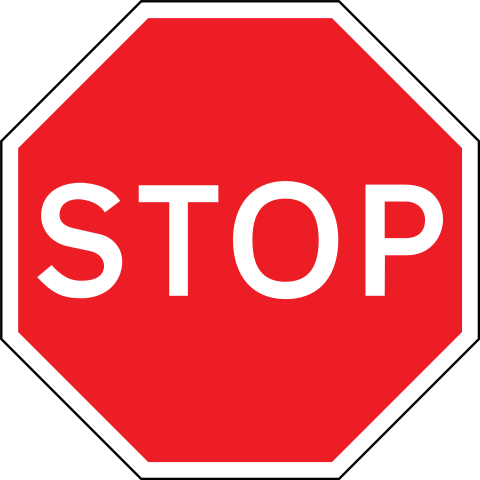 | 'STOP' Sign |
 | Give Way sign The other regulatory sign that doesn't use a circle shape is the Give Way sign, opting instead for an inverted triangle. This is to distinguish it from other triangular signs |
 |  | 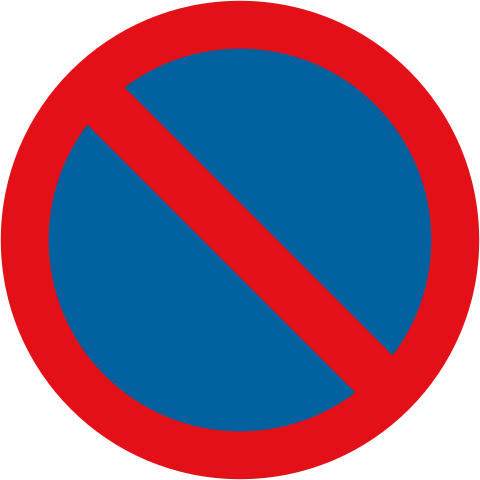 |
| All Vehicles Prohibited | Motor Vehicles Prohibited Except Buses | No Waiting or Parking |
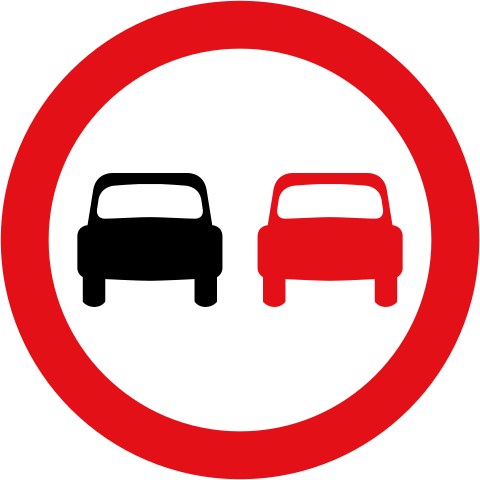 |  | |
| No Overtaking | Height Restriction (metric and imperial) |
 |  |  |
| Vehicles Must Turn Left | Mini-Roundabout | One-Way Traffic |
Warning Signs: Anticipate the Unexpected
Warning signs are designed to alert road users to potential hazards or conditions ahead. They are usually triangular with a red border. Proper attention to warning signs is crucial to avoiding accidents and ensuring the safety of all road users.
 |  |  |
| Traffic Signals Ahead | Steep Descent | Traffic Queues Likely Ahead |
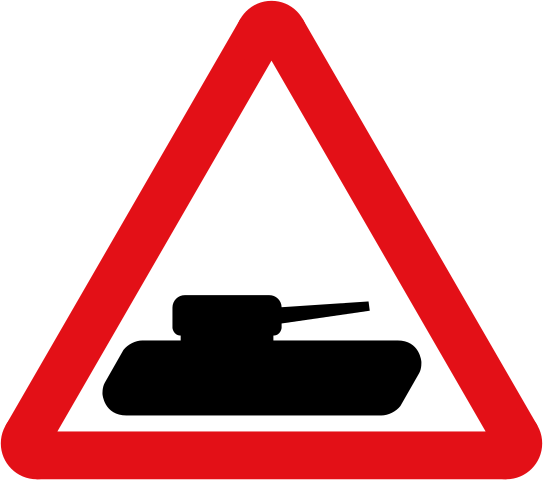 |  |  |
| Slow-Moving Military Vehicles Ahead | Migratory Toad Crossing | Area Infected by Animal Disease |
Information Signs: Knowledge is Power
Information signs provide valuable information about services, facilities, and destinations. This category covers several types of signs from bus & cycle zones and parking restrictions to tourist attractions and general information. Understanding information signs can enhance the overall road experience and help you plan your route effectively.
 | 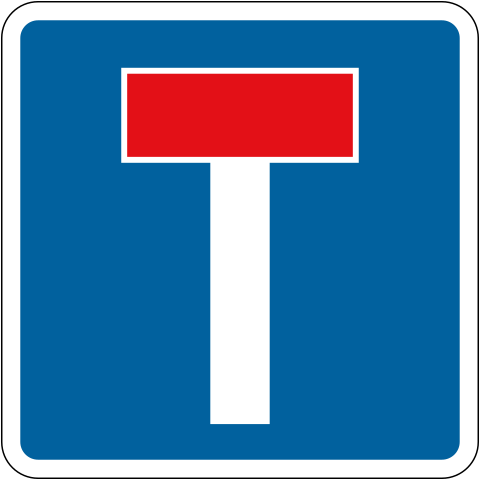 |  |
| Traffic has priority over oncoming vehicles | No through road | Passing place on narrow road |
 |  |  |
| Campsite ahead | Place of interest recognised by regional tourist board | Motorway junction ahead leading to town containing several attractions |
 | 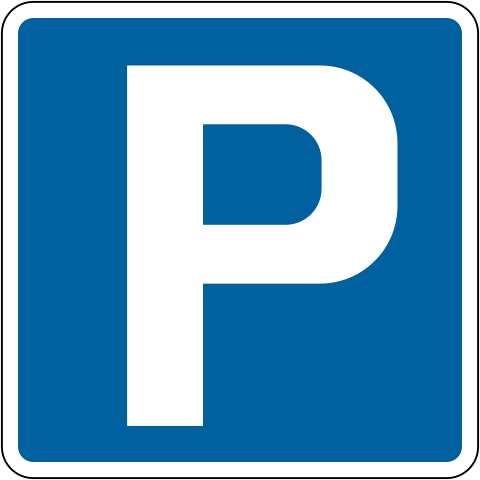 |  |
| Waiting or parking prohibited during these hours | Parking place | Vehicles may be parked partially on verge or footway |
 |  |  |
| Shared path for pedestrians and cyclists | Cycle lane ahead | Tram and bus lane only |
Motorway Signs: Your Journey at a Glance
Often large with a bold typeface, blue motorway signs need to be read at high speeds. These signs serve multiple purposes, including confirming the route, providing directions to junctions and destinations, managing traffic lanes and speed limits through variable message signs, and guiding drivers to the appropriate exits. They are either placed on the roadside or on the overhead gantry. Variable-message signs are electronic, changeable signs which can be updated instantly depending on variable events like weather, congestion or road traffic accidents.
 |  |  |
| Start of motorway incl national speed limit | Additional traffic lane joining from left | Approach sign for motorway services |
 |  |  |
| Risk of fog ahead | Temporary speed limit | Lane below closed |
Other Signs
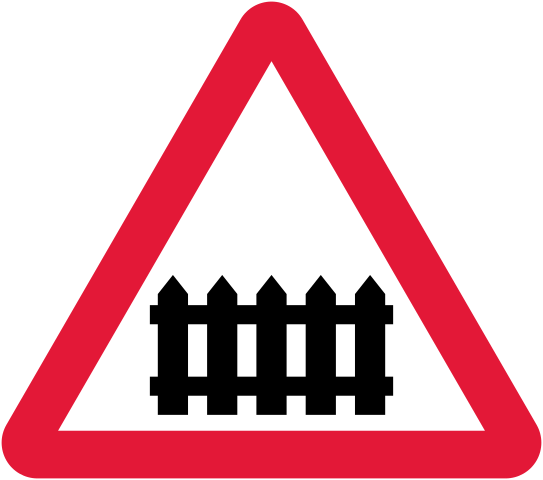 |  |  |
| Level crossing with gate or barrier | Warning of light signals at level crossing | Electrified overhead cables |
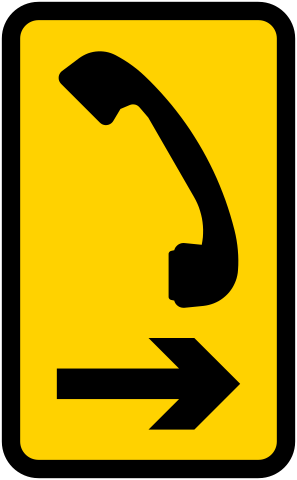 |  | |
| Telephone at crossing | Crossbuck - level crossing without gate or barrier |
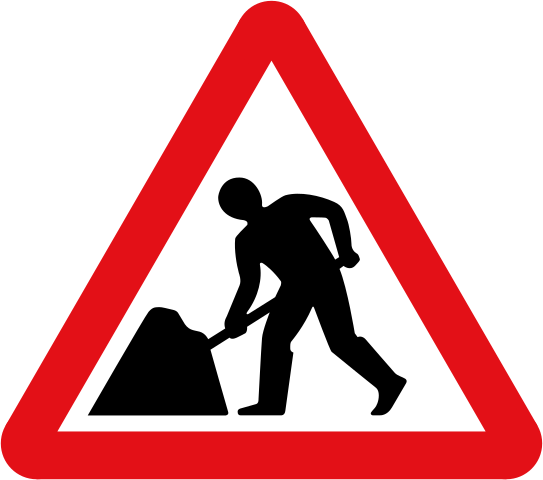 |  | 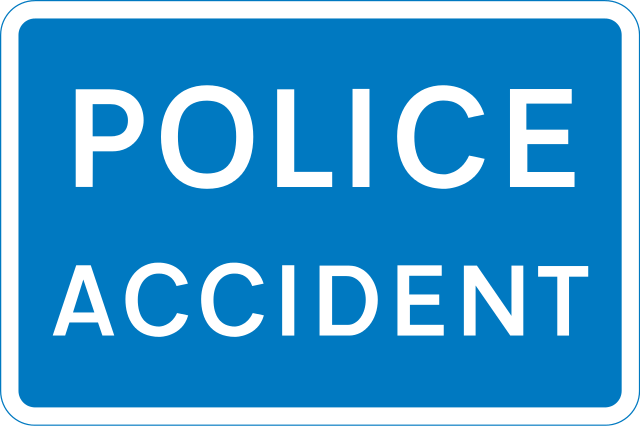 |
| Road works ahead | Lanes bend ahead | Police accident ahead |
Multilingual signs do exist in the UK. Signs in French and German reminding drivers to keep left appear near international ports such as Dover. In Wales, legislation dictates that all signs must be in Welsh first with an English translation below. In Scotland, Gaelic is used on some signs with an English translation.
 |  |  |
Multilingual sign near Port of Dover | Cymraeg sign in Wales | Gaelic sign in Scotland |
Test Yourself
Conveying vital information, regulations, and warnings, they help drivers make informed decisions, anticipate hazards, and ensure compliance with traffic laws. Understanding these signs is a fundamental aspect of responsible driving and contributes to the overall safety and well-being of all road users.
 |
| What does this sign indicate? |
 |
| End of dual carriageway ahead |
 |
| When might you see this sign? |
 |
| This sign is placed after a ford or before descending a steep hill. |
 |
| What is an escape lane? |
 |
| An escape lane is an emergency traffic device that enables vehicles having braking problems to stop safely. Often filled with sand or gravel on a slight uphill spur of road, they are found on motorways and steep hills in some places in the UK and across the Continent. |
In Conclusion
British road signage is a visual language, rich in information and governed by the Highway Code. As road users, it's our duty to comprehend and follow these signs diligently. They are not merely symbols on the roadside; they are guardians of safety, ensuring that our journeys are safe and secure.

Ben Tully
Visual Design & Content Creation
Ben deals with all things design, working on the visual design of our annual guides, Destinations magazine, information leaflets, social media and email campaigns, and much more across the Alan Rogers, Rallies and Worldwide brands. He also produces written content for our blogs alongside our other contributors.

